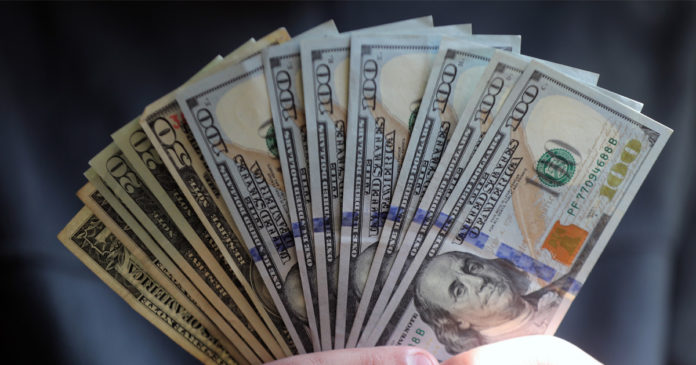Besides the function of shelter in turbulent times and its dominant function in global foreign exchange transactions, the U.S. dollar remains the currency most used as official foreign exchange reserve. However, out of these three functions, the dollar has decreased as a reserve currency. The Bank for International Settlements, the central banks’ banker, recently said: “where the role of the USD has been shrinking to some degree is official foreign exchange reserves, even though it remains the foremost reserve currency.” https://www.bis.org/press/p221027.htm
As of the second quarter of 2022, according to the Bank, the dollar accounted for less than 60 percent of official foreign exchange reserves, one of the lowest levels of the last 20 years, below the average of 65 percent for the same period.
Recent geopolitical events, together with high global inflation, may be among the causes for the search for diversification of official foreign exchange reserves. For instance, the imposition of economic sanctions has contributed to an increase in purchases of gold futures contracts. Last week the price of gold futures reached $1,930 an ounce, close to the record level of almost $2,070 per ounce reached in the middle of the pandemic, in August 2020. Meanwhile, the use of other currencies as foreign exchange reserves, such as the euro, the pound sterling and the yen remains unchanged. By contrast, the Chinese renminbi has increased slightly as foreign exchange reserve, from 1 percent in 2017 to 3 percent in 2022.







